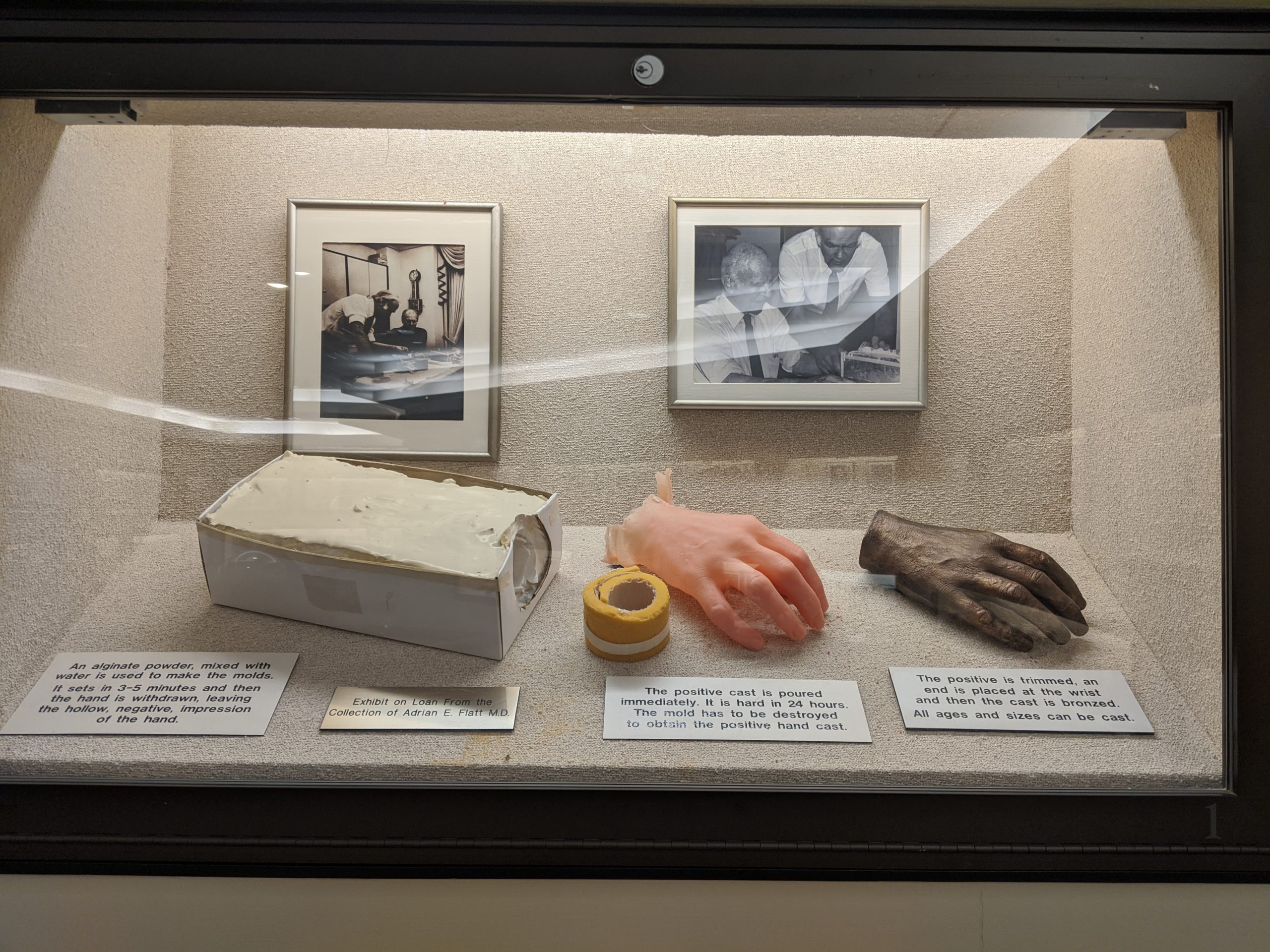The sermon that followed the baptism of my God-daughter was a let down, a reminder of the reason I originally abandoned a religious life in favor of a spiritual one. I don’t know if these let-down sermons are at all common; I just know that I run into them a lot. At first, it seemed like it could be on a good track. Beginning with the image of the dust-bowl, of dust raining down on the Eastern seaboard, it moved onto the notion of “dust-to-dust”. It then wandered into evil and sin, and found its way to the death of Christ. What seemed in the beginning as a sermon to call attention to the suffering of the less fortunate instead turned to an indictment of human nature, a reminder of horrors Man visits upon Man and of which each and every one of us is capable.
Following the sermon was the Nicene Creed, in which the congregation pledged fealty to a God who made all things visible and invisible. By then, I was more interested in what was going on around me in the sanctuary than in the content of the service. It has seemed to me, as it did 15 years ago, that religion seemed more focused on words in a book and on the trivialities and commonalities than the extraordinary things that surround us. We are lectured about and asked to look for wonders and signs; yet, the things called wonders and signs are so commonplace as to be dull. The defeat of cancer is not all that uncommon. The visitation of famine and earthquakes upon mankind sadly regular. The recovery from a heart attack is more a testament to the will of the patient and the skill of the doctors than the work of some invisible hand. Instead, religion seems to have missed altogether the real wonders in the world, the things seen and unseen that carry haunting meaning.
Around me in the church were wonders of things seen and unseen. I was lightened by the babbling and calling of infants and toddlers, their brains firing and fighting to mimic their elders. The struggle to master language – synapses growing and neurons flashing – is an incredible power of the human mind that is treated with embarrassment by adults (desperate to keep their children quiet) instead of pride and wonder. Children singing or crying out in the sanctuary represents the marathon each of us runs become fully human. Each new word is a victory in the battle to master speech and thought and custom. How unlikely that any of us should come through that, considering most of us will struggle a lifetime to truly understand these things. The miracle of thought and word seem forgotten as we worry about common disease, aches and pains.
The greatest wonder, perhaps a divine irony writ large in the sanctuary, stood in full view of the whole congregation but perhaps was the most ignored of all. I noticed it when I fell to thinking about the stained glass windows on the sides of the church. Made from irregular semi-circular glass pieces, they were arranged into images of symbols radiating concentric circles of color. All the colors of the rainbow were represented – red, orange, yellow, green, blue, indigo, and violet. In fact, I realized that ROYGBIV was encoded in the arrangement of the glass panels, albeit permuted to RVIBGYO.
While the idea of the rainbow was no doubt an inspiration for this arrangement, how many people in that room were ever told that these colors represent the range of light visible to the human eye? Red, orange, yellow, green, blue, indigo, and violet span the longest to the shortest wavelengths of light our eyes can detect. We are attuned to these most prominent colors penetrating our atmosphere; they truly represent the basis of all things seen.
But what amazed me was that these windows represented the depth of things unseen, things even more wondrous than color. The windows themselves represented taking ROYGBIV, writing it backward (VIBGYOR), and then moving the red to the beginning of the line (RVIBGYO). This action encoded group theory in the windows. The theory of groups is a mathematical construct that gives us the ability to recognize and characterize structure in nature. Permutations are among the simplest of groups with which we, as humans, deal. They are easy to perceive and, indeed, are among the first groups that we learn in the theory of groups. From them, we launch into the abstract spaces of Hilbert, the continuous groups of Lie, and build upon those things a deep understanding of the fundamental structure of nature. In fact, we can explain three of the four forces of nature simply by writing down groups of rotations in a complex number space: SU(3) x SU(2) x U(1). Groups are unseen, yet they form the foundation of all that is. Why? We don’t know.
When the congregation pledged themselves to a God with mastery over all things seen and unseen, did they recognise the wonders surrounding them in their own church? No doubt some did. Many seemed focused, as in other churches I have attended, in getting through the hymns in a dry monotone, in reciting passages without inflection or song in their voice. I felt real joy, seeing what was writ large in the windows of their sanctuary, hearing the sing-song babble of the children calling out during the service.
Paraphrasing Hamlet, there are indeed more things in heaven and earth than are dreamed of in a sanctuary. It was this revelation, many years ago, that led me away from religion and into a life devoted to learning and teaching. Sunday, as I scooped up my nephew and started bouncing him on my hip toward the sanctuary exit, we stopped by a mirror. As I watching him regard his reflection, I felt a joy in my heart that I think I was meant to get from a religious service. Instead, here in the unshielded wonder in my nephews eyes, I saw the seeds of the joy I feel in experimentation in the natural world, the same joy I feel in the study of the mathematics of relativity and quantum mechanics. Later, I detected that same germ of wonder in the giggles of my niece as I spun her in circles over and over again, an experience she delights in although it leaves her dizzy. It is not learning from an old book that brings me comfort and joy; rather, it is the maintenance of some small part of my own child-like wonder, that wonder in the eyes of my nephew and the whirling of my niece, that opens me to the wonders and joys of the cosmos.




